In the ever-evolving world of energy sources, liquefied gases have emerged as prominent players in meeting the diverse energy needs of industries, homes, and transportation sectors. Liquefied Natural Gas (LNG) and Liquefied Petroleum Gas (LPG) are two significant alternatives, each boasting unique characteristics that make them suitable for various applications. In this article, we’ll delve into the distinctions between LNG and LPG, exploring their compositions, production processes, applications, and environmental implications.
Composition and Sources
Liquefied Natural Gas (LNG):
LNG primarily consists of methane, which is the main component of natural gas. It is sourced from natural gas reserves through a process known as liquefaction, where natural gas is cooled to extremely low temperatures (-260°F or -162°C) to convert it into a liquid state. LNG is predominantly methane, with minimal amounts of ethane, propane, and butane. The liquefaction process also removes impurities, making LNG cleaner and less dense than natural gas.
Liquefied Petroleum Gas (LPG):
LPG, on the other hand, is a collective term for propane and butane gases. It is a byproduct of natural gas processing and petroleum refining. LPG is stored and transported under moderate pressure but remains in a gaseous state at room temperature. Unlike LNG, which is primarily methane, LPG contains a higher proportion of propane and butane, making it denser and more energy-dense than natural gas.
Production Process
LNG Production:
The production of LNG involves a complex process of cooling and liquefying natural gas. This is achieved through a sequence of cooling stages, including compression, pre-cooling, and liquefaction. The liquefied gas is then stored in special cryogenic tanks and can be transported via specialized LNG carriers to various destinations.
LPG Production:
LPG is produced during the processing of natural gas and crude oil. It is separated from raw hydrocarbons through fractional distillation or other refining processes. The resulting propane and butane gases are then transported to storage tanks, and in some cases, additional processing is carried out to remove impurities and adjust the composition.
Applications
LNG Applications:
LNG is primarily utilized in applications where energy density and clean combustion are crucial. It is commonly used as a fuel for power generation, heating, and industrial processes. LNG is also gaining traction as a cleaner alternative for heavy-duty transportation, including trucks, ships, and buses. Moreover, LNG is a vital component of the global natural gas trade, enabling the transportation of gas to distant markets.
LPG Applications:
LPG finds its application in various sectors, including residential, commercial, industrial, and agricultural. It is commonly used as a cooking and heating fuel in households, especially in areas where natural gas infrastructure is lacking. LPG also serves as a versatile fuel for vehicles, particularly in regions with limited access to gasoline or diesel. Additionally, LPG has industrial uses such as in petrochemical production, metal cutting, and as a propellant in aerosol sprays.
Environmental Implications
LNG Environmental Impact:
Compared to conventional fossil fuels like coal and oil, LNG offers lower greenhouse gas emissions and air pollutants when burned. Methane, the primary component of LNG, has a lower carbon-to-hydrogen ratio than other hydrocarbons, resulting in fewer CO2 emissions upon combustion. However, methane leakage during production, transportation, and distribution can undermine these benefits if not properly managed.
LPG Environmental Impact:
LPG combustion emits fewer pollutants and greenhouse gases compared to coal and oil, making it a cleaner-burning alternative. Its higher energy density allows for more efficient combustion and reduced emissions. LPG is also less prone to leakage during production and transportation, contributing to its favorable environmental profile.
Here’s a tabular comparison of the major differences between LPG (Liquefied Petroleum Gas) and LNG (Liquefied Natural Gas):
| Liquefied Petroleum Gas (LPG) | Liquefied Natural Gas (LNG) |
|---|---|
| LPG is primarily composed of propane and butane gases | LNG is primarily consisting of methane, with minimal amounts of ethane, propane, and butane |
| LPG is a byproduct of natural gas processing and petroleum refining | LNG is extracted from natural gas reserves through liquefaction |
| LPG in normal room temperature is Gaseous | LNG at room temperature is Liquid |
| LPG is stored under moderate pressure and transported in pressurized cylinders or tanks | LNG is stored and transported in cryogenic tanks, often on specialized carriers |
| LPG possesses higher energy density due to a higher proportion of propane and butane | LNG has lower energy density due to a higher proportion of methane |
| LPG is separated from raw hydrocarbons through fractional distillation or refining processes | The LNG process involves compression, pre-cooling, and liquefaction of natural gas |
| LPG is widely used in residential and commercial cooking, heating, vehicle fuel, and industrial processes | LNG is used for power generation, long-distance transportation, industrial processes |
| LPG has cleaner burning with lower emissions of pollutants and greenhouse gases | LNG has cleaner burning with lower emissions, though methane leakage can be a concern |
| LPG provides less efficient combustion due to lower energy content | LNG provides more efficient combustion due to higher energy content |
| LPG is widely available for residential use, especially in areas with limited natural gas access | LNG often requires specialized infrastructure for storage and transportation |
As an alternative energy source, both LNG and LPG stand out as valuable options with distinct properties and applications. While LNG is primarily associated with cleaner-burning power generation and long-distance transportation, LPG finds its place in a wide range of sectors, from residential to industrial. Understanding the differences between these two liquefied gases is essential for making informed decisions about their utilization and maximizing their potential to meet the world’s energy needs while minimizing environmental impact.

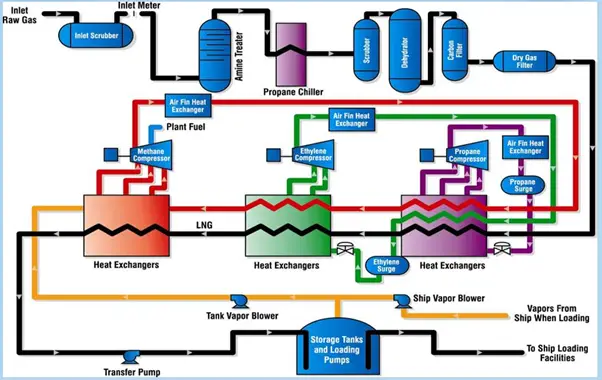
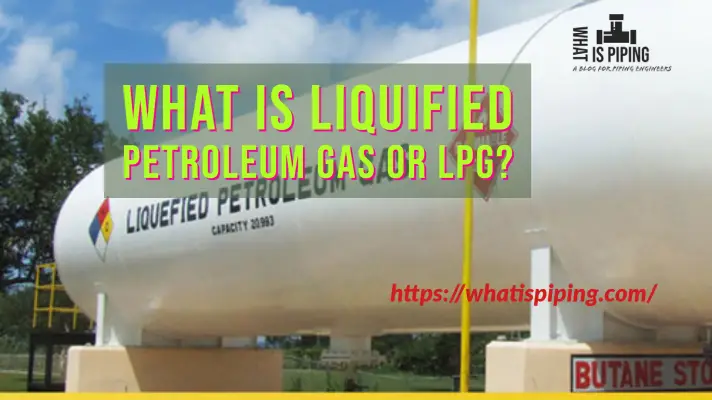
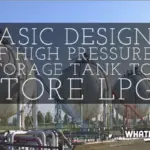
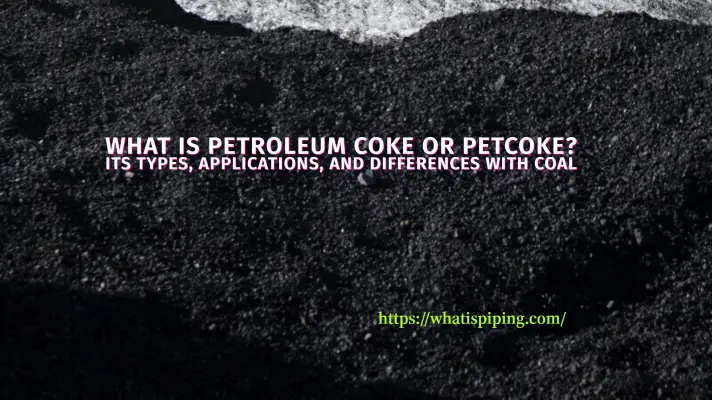
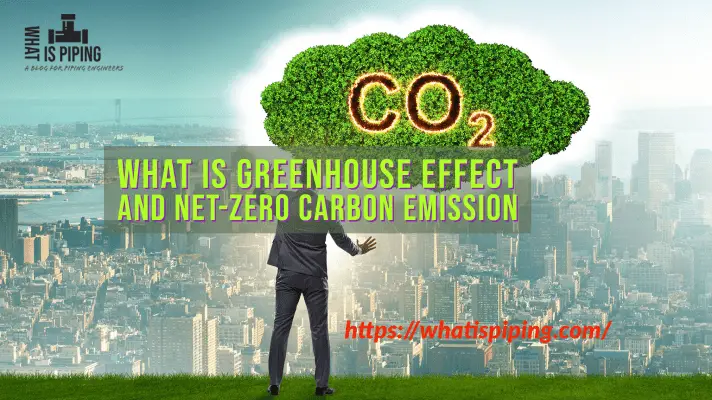

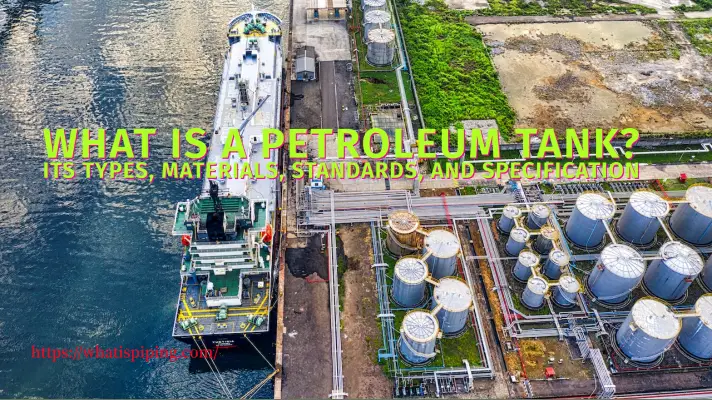

You are best Engeneer, I try to know what is the steps of learning all information about Pipeline Engineering.
Good information
Mistake: LPG provides less efficient combustion due to lower energy content/LNG provides more efficient combustion due to higher energy content
Correct is LPG provides more efficient combustion due to higher energy content/LNG provides less efficient combustion due to lower energy content